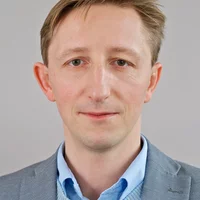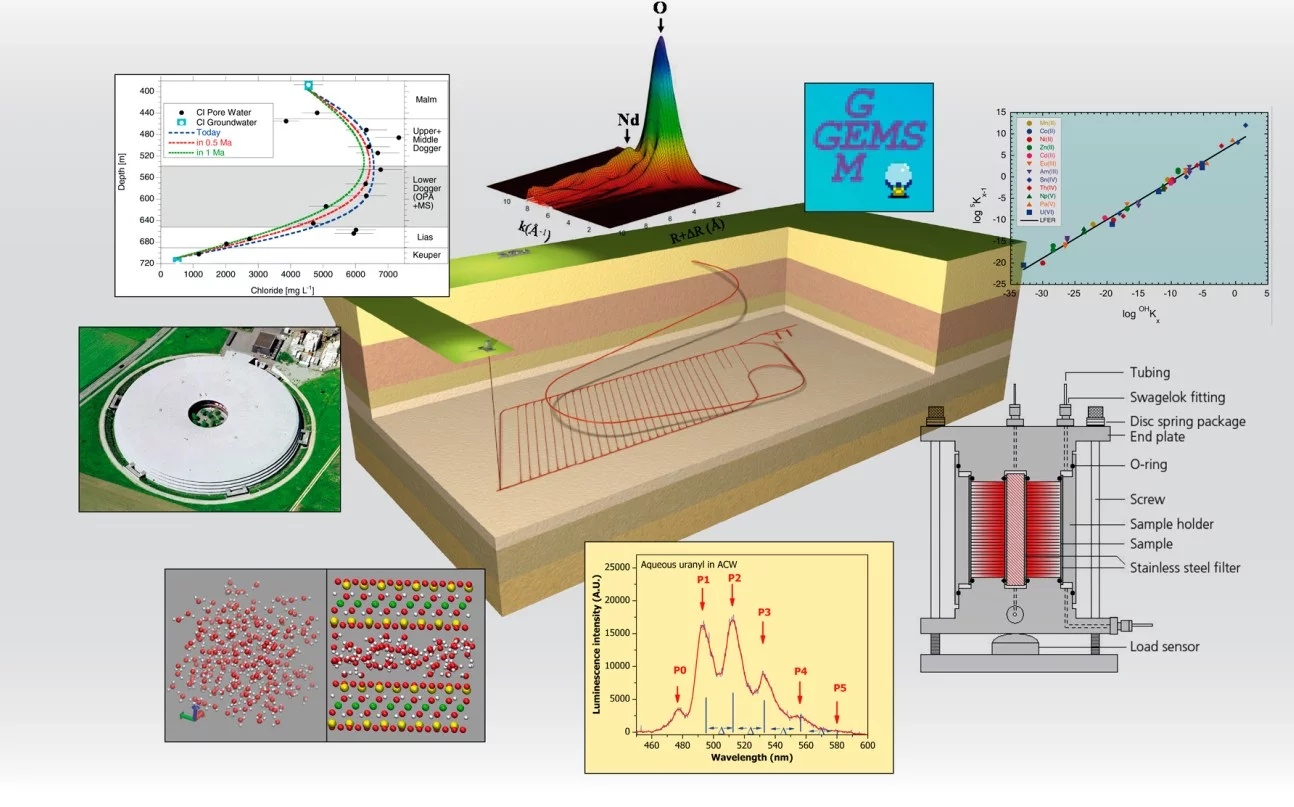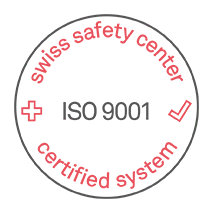The mission of the Laboratory for Waste Management (LES) is to carry out a comprehensive research and development (R&D) programme in support of Swiss radioactive waste disposal options. In particular, the aim is to be one of the worlds leading Laboratories in the fields of the geochemistry of disposal systems and the transport mechanisms of radionuclides, including geochemical retardation and immobilisation.
The background to the research is that the Federal Government is responsible for radioactive wastes arising from medicine, industry and research in Switzerland, and on its behalf LES carries out a R&D programme in co-operation with the National Cooperative for the Disposal of Radioactive Waste (Nagra), the organization charged with the disposal of all Swiss radioactive waste. LES serves the national needs, present and future, in the safe disposal of radioactive waste and has a long and successful association with Nagra stretching over decades.
The main aims of LES are to make specific contributions to the safety assessment of radioactive waste repositories through an understanding of relevant mechanisms and processes, and to provide the necessary models and databases. Account is taken of both the particular Swiss situation and the current status of wider scientific and technological development. LES is well established in the national and international scientific and waste management communities and is seen as the Swiss scientific competence centre for such work.
LES makes use of some of the unique infrastructure within Switzerland available at PSI, in particular A-Laboratory radioactive facilities, (micro-) X-Ray Adsorption and Fluorescence Spectroscopy (XAS, XFS) beam lines at the Swiss Light Source and the Spallation Neutron Source. The available experience within LES and the know-how available at these facilities enables research to be carried out which cannot be done anywhere else in the country and is indispensable to the national radioactive waste management programme. In this context LES staff have built and run the high resolution microXAS beamline (spatial resolution ~1 µm2) external user facility which has the capability of determining element-specific chemical properties such as local co-ordination environments or oxidation states and allows radioactive materials to be investigated. In addition the microXAS beamline is the optical part of the FEMTO project in which pulses of ~100 femto-seconds are produced allowing ultrafast X-ray science.
Research activities within LES are performed on very different spatial and temporal scales to take advantage of all the information which can (potentially) be obtained from such an approach i.e. from the nano scale (molecular modelling), to the micro scale (XAS), to the cm scale (laboratory) and to the field and regional scales (Mont Terri Rock Laboratory, St Ursanne, Switzerland). A key point in understanding and bringing together all of this information is the close interaction and co-operation between experimentalists and modellers at all stages during the development of these activities.
A key point in the future development of LES is that the Laboratory continues, and wherever possible and appropriate, intensifies its integration within the scientific and waste management communities through co-operations and joint projects including participation in EU Framework programmes. Also an important aim of LES is to contribute to “educating the next generation”. Our connections to universities allows us to provide PhD and Post Doctoral positions within the Laboratory.
In 2008 the Federal Office of Energy (BFE) released approved guidelines for the site selection of radioactive waste repositories sited in Switzerland defined in a “Sectoral Plan” (Sachplan Geologische Tiefenlagerung) within the framework of the existing land use planning legislation. Site selection will be based primarily on technical criteria, with the main emphasis on safety, but must also address socio-economic aspects. Participation in the safety analyses carried out by Nagra during the site selection process for L/ILW and HLW/SF repositories, and the preparation of licensing applications (2014/2016), will be a central function of LES in the coming years.



